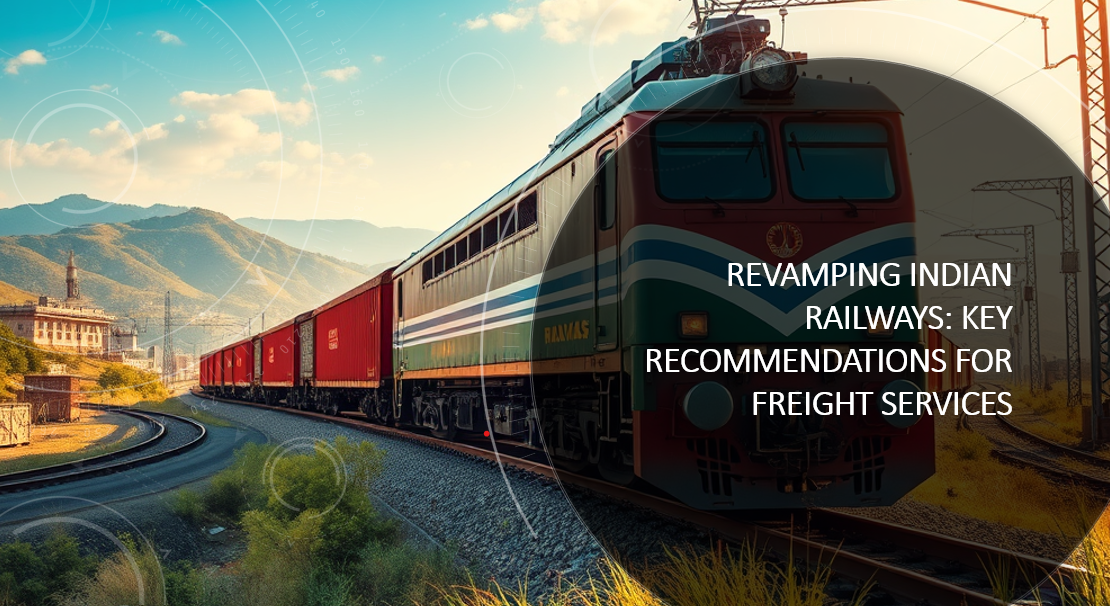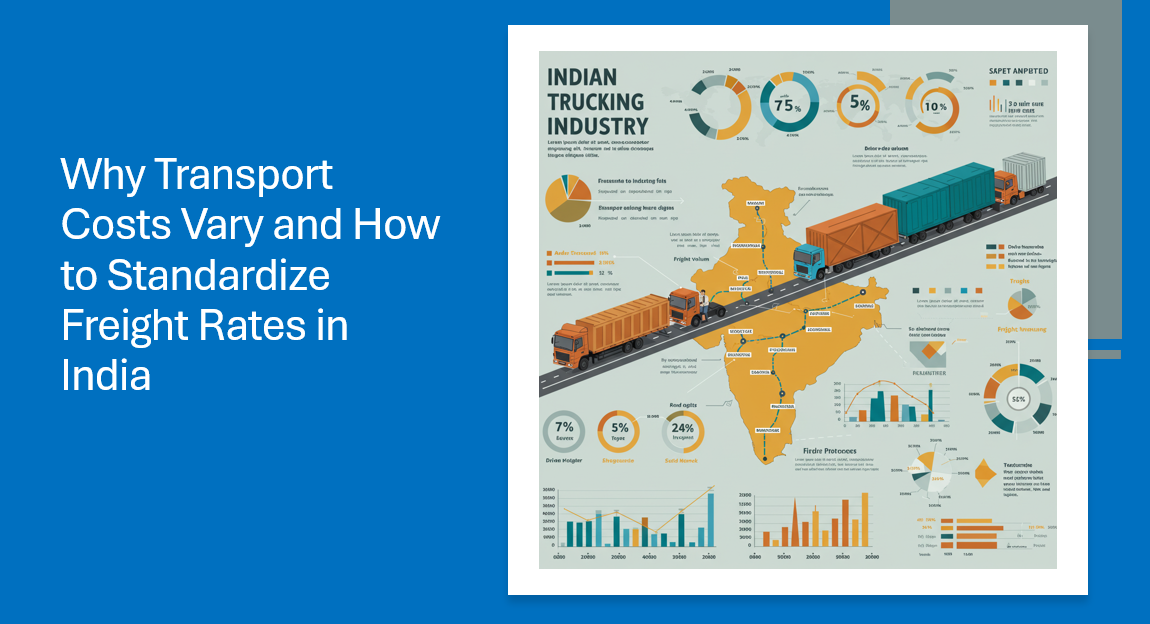Indian Railways plays a crucial role in the nation’s logistics sector, but its freight services are in need of modernization and expansion. The Parliamentary Standing Committee has made several recommendations to improve efficiency, enhance revenue, and diversify cargo operations. A new freight service model has also been proposed to align railway freight services with modern market demands.
Key Recommendations for Indian Railways’ Freight Services
1. Diversification Beyond Bulk Commodities
Currently, Indian Railways’ freight operations heavily depend on coal, iron ore, and cement. The committee suggests diversifying into other commodities, such as FMCG, automobiles, and containerized cargo, to improve overall performance and revenue generation.
2. Service Model Similar to Passenger System
A new freight service model should be introduced, mirroring the passenger service framework. It would provide different options based on cost, speed, and service levels, giving customers flexibility similar to first-class, sleeper, or general seating in passenger trains.
3. Improvement in Average Speed
Freight trains currently operate at an average speed of 25 km/h (FY 2023-24). Enhancing speed is essential to making rail freight more competitive against road transport.
4. Prioritization of Dedicated Freight Corridors (DFCs)
The committee stresses the need to accelerate the development and operationalization of Dedicated Freight Corridors (DFCs) to ease congestion on high-density routes, ensuring faster and more reliable freight movement.
5. Boosting Passenger Revenues
Indian Railways must enhance passenger services and amenities to attract travelers from road and air transport, increasing overall revenue.
6. Amrit Bharat Station Scheme
Progress on upgrading railway stations under this scheme has been slow, with only 1 out of 450 targeted stations upgraded in FY25. The committee calls for better execution and tracking of this initiative.
7. Need for Better Project Oversight
A dedicated task force should be established to ensure better oversight of railway projects, reducing bureaucratic delays and improving execution efficiency.
8. Exploration of PPP Models
The success of public-private partnership (PPP) models in station redevelopment should be assessed, with an aim to attract private investment and operational expertise for further expansion.
9. High-Speed Rail Sustainability
To make high-speed rail projects sustainable, the committee recommends focusing on indigenous manufacturing of rail components and building a skilled workforce for future development.
10. Feasibility Studies for New Corridors
Before sanctioning new high-speed rail corridors, feasibility studies and innovative financing models should be explored to secure adequate funding and long-term sustainability.
Understanding the New Freight Service Model
The proposed freight service model aims to enhance efficiency, improve service quality, and diversify freight operations. Here’s how it is envisioned to function:
Key Features of the Model
| Feature | Description |
|---|---|
| Diversification of Freight Commodities | Moves beyond coal, iron ore, and cement to include a broader range of cargo. |
| Service Model Similar to Passenger Services | Offers different service tiers based on cost, speed, and delivery urgency. |
| Pricing Variability | Customers can choose cost-effective or premium freight services. |
| Improved Average Speed | Plans to increase freight train speed beyond the current 25 km/h to improve competitiveness. |
| Prioritization of DFCs | Uses Dedicated Freight Corridors to ensure efficiency and reduce congestion. |
| Market-Driven Approach | Adapts services based on customer demand and market trends. |
| Infrastructure Enhancements | Upgrades logistics, handling, and tracking infrastructure to optimize operations. |
| Integration with Technology | Implements modern tracking, routing, and logistics management solutions. |
| Collaboration with Private Sector | Encourages partnerships with private players to expand service offerings. |
Expected Outcomes
- Increased Revenue: By catering to a broader market and improving service efficiency.
- Enhanced Customer Experience: Through better reliability, transit time, and service flexibility.
- Environmental Benefits: Shifting more cargo to railways reduces carbon emissions compared to road transport.
Conclusion
The recommendations from the parliamentary standing committee and the proposed freight model highlight the need for Indian Railways to evolve. By adopting a market-driven approach, improving service efficiency, and leveraging technology, Indian Railways can transform into a competitive logistics player while boosting national economic growth. The successful implementation of these strategies will determine the future of railway freight services in India.
For daily insights, follow the LogixMindz – Daily Digest WhatsApp channel – Click “Join Now” to stay updated!








Leave a Reply